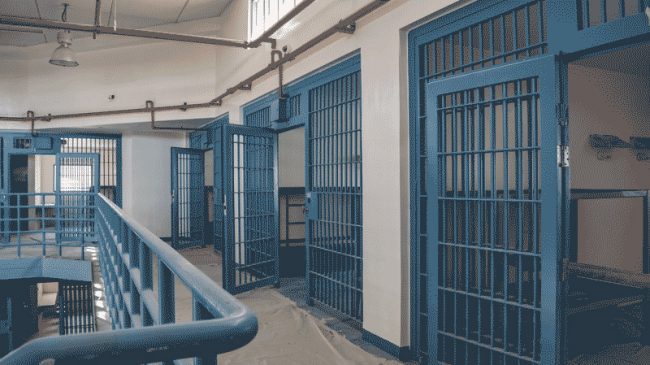State corrections agencies universally face fluctuating inmate populations and finite prison facility capacity. When inmate populations rise to capacity in a system of prisons, corrections departments must find additional space to house inmates. Creating new prison facility space requires significant amounts of both time and money, often leading corrections departments to send inmates to other states as an alternative. And as Vermont’s recent experience shows, whether the out-of-state facility operates under public or private management can matter significantly.
In December 2016, corrections management firm The GEO Group announced it did not want to renew its contract to house some of Vermont’s inmates in one of its Michigan-based facilities. After seeking bids, Vermont chose to house the 270 prisoners in a 3-year, $21 million contract with the Pennsylvania Department of Corrections, where the Keystone state charges Vermont a rate of $26,280 annually per inmate, slightly more than the $22,557 charged under the GEO contract, but still much lower than the $60,000 per year it costs Vermont to house an inmate in its own state facilities.
Since Pennsylvania started housing the Vermont prisoners, Vermont corrections officials and its Defender General’s office reported having difficulty gaining access to the Vermont inmates, compared to the state’s experience housing inmates in the privately operated Michigan prison. In the Pennsylvania prison, each inmate is restricted to one 15-minute call every four days—including calls to counsel—while the Michigan contract facilitated daily inmate access to phone communications.
Additionally, two Vermont inmates died in the Camp Hill, PA facility over a three-week period from October to November. While the November death was attributed to cancer—for which the inmate was only given over-the-counter medicine while in Camp Hill—as of press time Vermont corrections officials have been unable to gather any details about the October death, except that it was a “medical issue.”
“[T]his Pennsylvania placement has been far and away the most difficult to get access to the inmates…Pennsylvania has a lot of hoops to try to jump through just to get to see and talk to inmates, which were not in place in Michigan with GEO [Group], were not in place with [correctional management firm CoreCivic] in Kentucky and they’re not part of the culture here in Vermont,” lamented Vermont Defender General Matthew Valerio in an interview with Vermont Public Radio.
In its Michigan contract, Vermont could dictate terms of treatment and guidelines concerning inmate communications, as it had with all its previous agreements with private prisons. In addition to ensuring inmates received daily phone access, the operator installed a secure phone line in the prison, enabling inmates to communicate directly with counsel without being recorded—a provision required in Vermont prisons, but not required in Vermont’s contract with the privately operated Michigan facility.
Despite these poor early outcomes in Camp Hill, Vermont corrections officials admit that there’s little that can be done from a legal standpoint to improve access, as Pennsylvania gets to determine policies and procedures with respect to inmate treatment within its facilities. As Defender General Valerio said of Camp Hill, “This is not a private facility, this is a Pennsylvania [state] facility, and so the contract is subject to the interstate compact, and it basically allows the home state—wherever the inmates are held, not Vermont in this case—to make rules regarding access [to inmates] and what you have to do to get access to them.”
Instead of having to submit to procedures of another state with next to no control over day-to-day operations surrounding prisoners housed out-of-state, contracting with non-governmental entities allow states to not only define specific rules and guidelines with respect to inmate treatment and access while in out-of-state facilities, but also to hold operators accountable financially for failure to achieve performance objectives on inmate treatment and health care, sufficient operator responses to inmate grievances, and other measures—Pennsylvania’s Community Corrections (“halfway house”) system contracts out to private entities based on reducing recidivism amongst its offenders, for instance.
Addressing capacity issues by sending inmates to out-of-state prisons represents a unique set of challenges for state corrections departments and inmates alike. When facing such challenges, states need to have maximum control and flexibility in their agreements with operators, no matter what sector is running the facilities. And if one sector provides clear advantages in that regard, then that should be an important consideration for policymakers before they go down that path. The alternative—having next-to-no control over treatment and communications with inmates—is bad for public safety, bad for inmates, and ultimately, bad for taxpayers.

